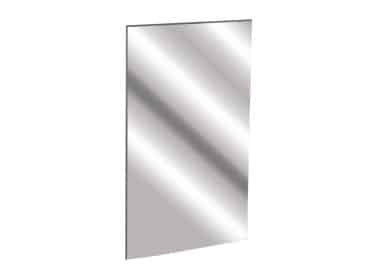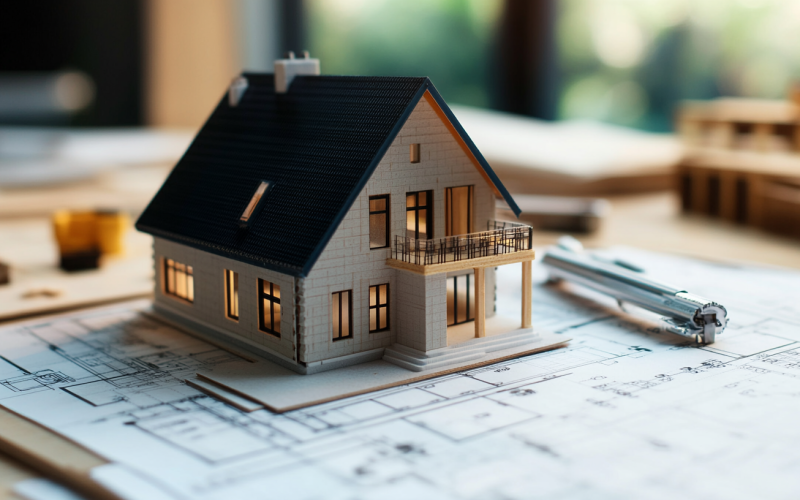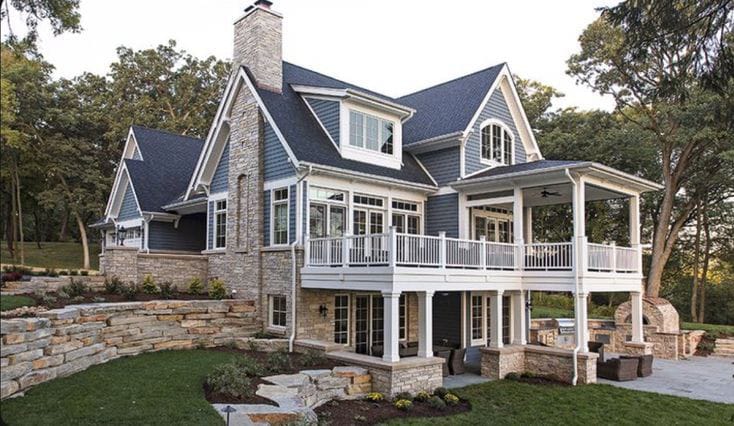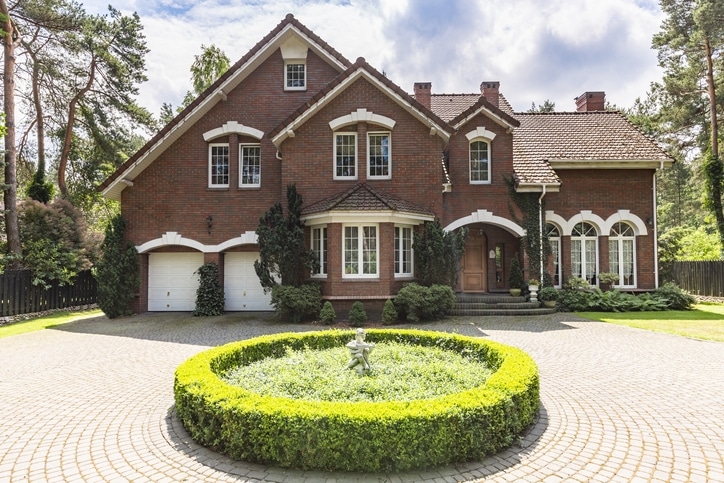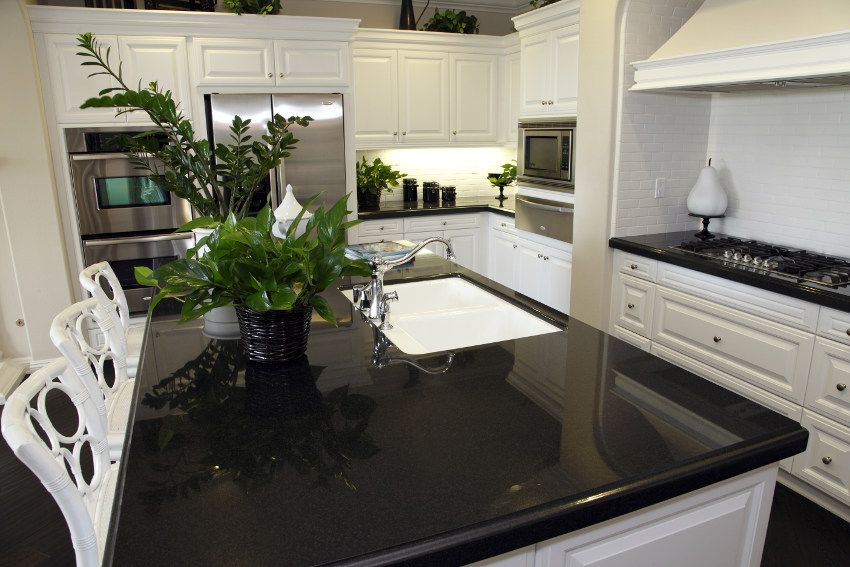Investing in rental properties can be a lucrative endeavor, but ensuring those properties remain attractive and functional is key to maintaining and increasing their value.
Renovations play a big role in this undertaking. When done effectively, this may not only increase your rental property in appeal but also be that magic wand that attracts quality long-term tenants due to justified higher rentals for much-improved facilities. This detailed guide is meant for you to go through all the necessary steps, considerations, and strategies for an effective rental property renovation.
Assessing the Property

Any real estate investment-related renovation project should be initiated or preceded by a detailed property inspection. This would mean ascertaining and investigating any foundational problems, roof leakages, and structural damages that could eventually pose a threat to the integrity of the building structure.
In addition, one needs to verify that all electrical and plumbing systems are in place and functional within the premises. Some other very critical factors that need to be identified at this preliminary stage of inspection are probable safety concerns such as asbestos, lead paint, or mold.
Knowing the local rental market is paramount and consists of demography about the tenants you are seeking. Professional singles, families, or university students all have very different needs.
Comparable properties in your area help with setting competitive rental rates by establishing the features and amenities that are in demand. Market analysis puts you on the right track in making sound renovation decisions; it can help identify improvements that will bring in your ideal tenants and offer a good return.
Renovation Planning
Start with a detailed budget—one that includes cost estimates from contractors for multiple aspects of the renovation—then reserve 10-20% in the budget for those unexpected expenses. Be sure to zero in on those renovations that will return the best ROI, especially kitchen and bathroom upgrades.
Not every renovation is equal, hence the framework of necessity, aesthetic appeal, and functionality serves as a perfect guide. Begin with the essential repairs, such as structural problems and potential safety hazards. Next in line are those that improve aesthetics, like freshening up the paint or modernizing fixtures. Changes that add to functionality and convenience come next—upgrading appliances or adding storage space.
Key Areas of Renovation
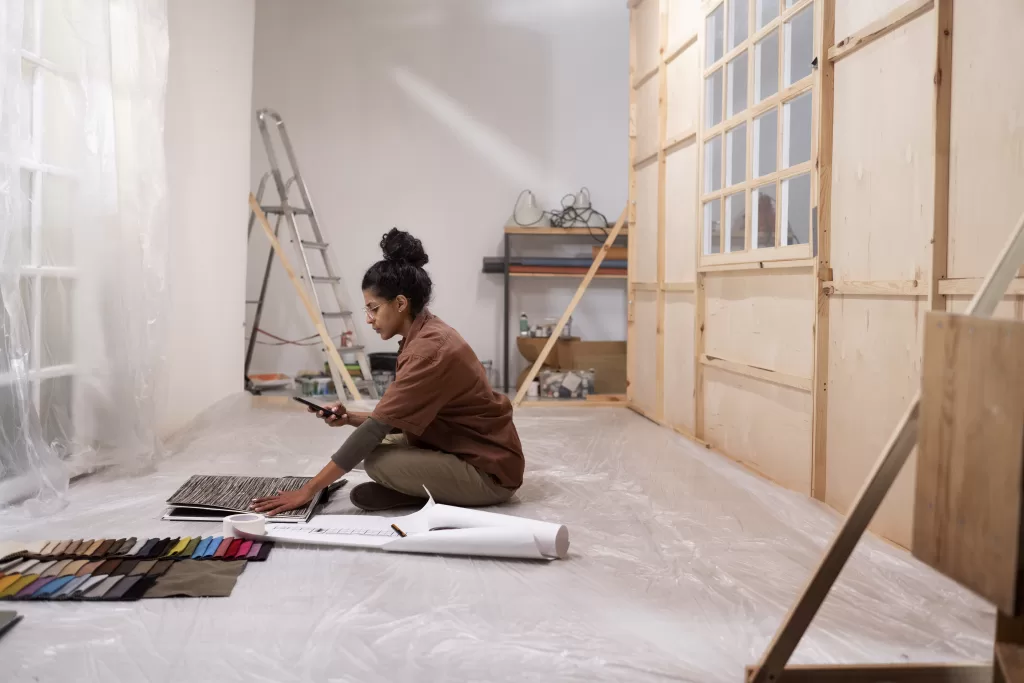
Kitchen
The kitchen is usually the heart of the house and a big selling point with renters. This can be refreshed or refurnished with cabinetry to give it a modern look.
Consider durable, attractive countertop materials in line with décor trends such as granite or quartz. Upgraded energy-efficient appliances can also be a big selling point to tenants. In addition, installing modern lighting fixtures can lighten up the space and make it most inviting.
Bathrooms
Other vital areas are the bathrooms, which could be a real deal breaker for tenants. Upgrade old fixtures to newer ones with a low flow rate, and replace tiles to give them a modern, clean appearance. Improved storage facilities and ensuring good ventilation will prevent mold and mildew growth.
Flooring
New floors can change the aspect of any property entirely. Think about putting in or refinishing hardwood floors for a timeless look, or new carpeting in the bedrooms and living areas for added comfort. In kitchen and bath areas, tile or vinyl is a tough, easy-to-clean choice.
Wall Paints and Treatments
One of the most cost-effective renovations is a new coat of paint. Opt for colors that are more neutral in order to be as appealing as possible to the highest number of tenants, and consider using accent walls for a modern touch.
Curb Appeal
Do not forget the outside, for first impressions are everything. Keep the yard in good condition and looking nice, paint both interior and exterior seamlessly, and install some outdoor lighting for safety and appearances—everything a new home includes. The renovation work also involves redoing the front door and entrance to make it look more attractive.
Managing the Renovation Process

Choosing the right professionals will help ensure a successful renovation. Hire licensed and insured contractors with reputable references: particular tasks require one or another specialist—for example, an electrician or a plumber. If the renovation is large, a project manager helps keep work on track.
Make sure to follow local building codes and regulations. Obtain any permits needed on major renovations and scheduled inspections by the local officials. Ensure that the property does conform to the zoning ordinance to avoid legal battles.
The timeline of proceedings is very important in avoiding extended tenant vacancy. Create a detailed project schedule and timelines for each phase, so coordination between the different contractors could take place to effect continuous work with no bottlenecks. Provide regular updates and site visits to ensure that progress is proceeding per plan.
Procedures After Renovation
Conduct a final inspection to ensure all work is completed to your satisfaction. Make a list of any remaining unfinished work or touch-ups left and check that the work is in compliance with codes and regulations. Next, put your newly renovated property in the best light. Consider hiring a staging professional to help the property show at its best, and have listing photos taken by an experienced photographer.
Effective marketing is essential to get tenants in quicker. Advertise the property on rental websites and social media; open the house to let people view the property. Screen prospective tenants vigorously for having reliable renters, and this will make the renting process go much smoother.
As much as there are physical aspects of a rental property that can be renovated, the cash flow of the building also needs to be assessed. That’s why, it can be a good idea to recommend or even mandate renters to get renters insurance. This insurance would provide liability coverage and take care of lawsuits in case someone sues the tenant due to injury on the property. It will also cover losses due to water damage or fire damage in the property, theft, and other scenarios.
It’s in your interest to invest in the renovation of a rental property since more can be realized from the investment through increased rental income and higher property value, while tenants are still kept satisfied. Done correctly, and with careful planning, it is possible to navigate through the intricacies involved in the renovation of a rental property. Be it as an experienced investor or a first-time landlord, the strategies above will help make proper decisions for you to maximize the return on your investment.




